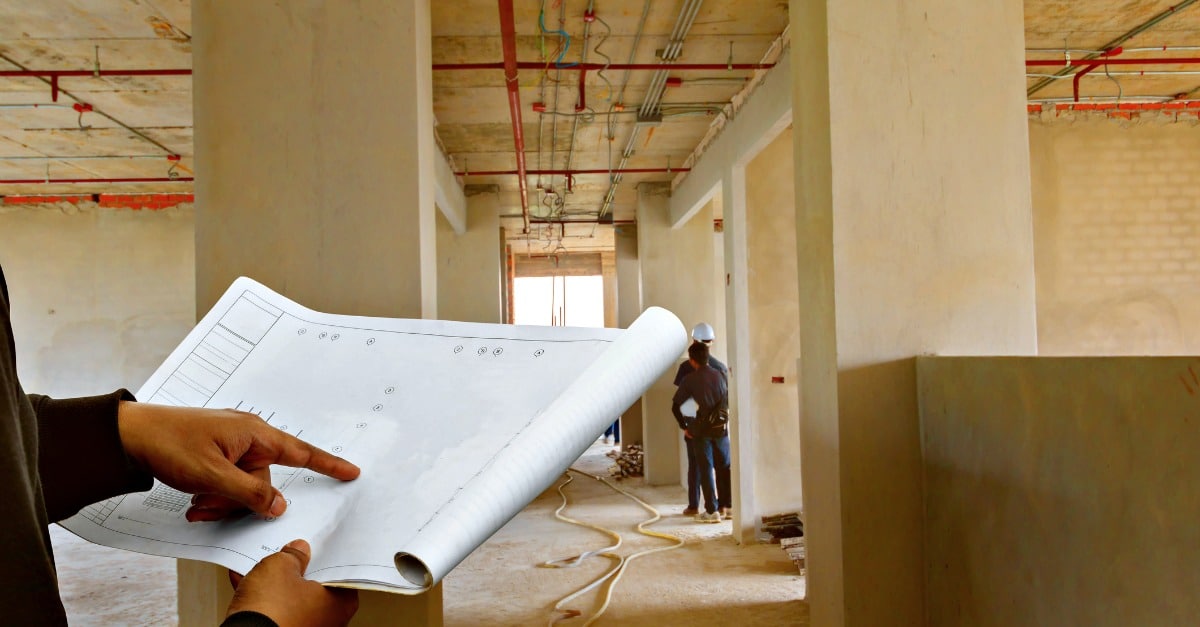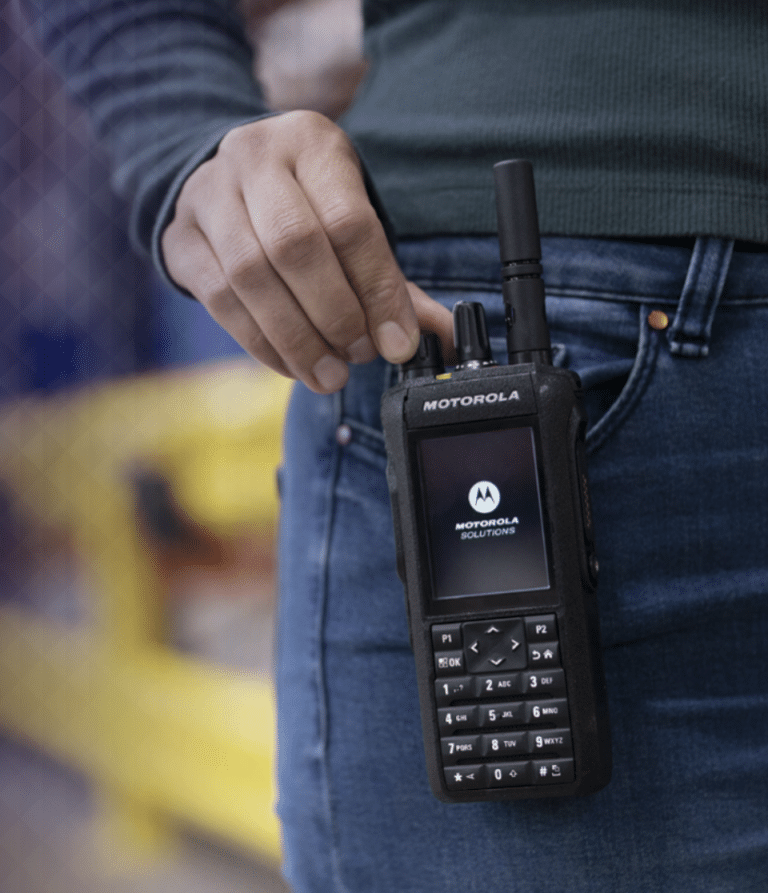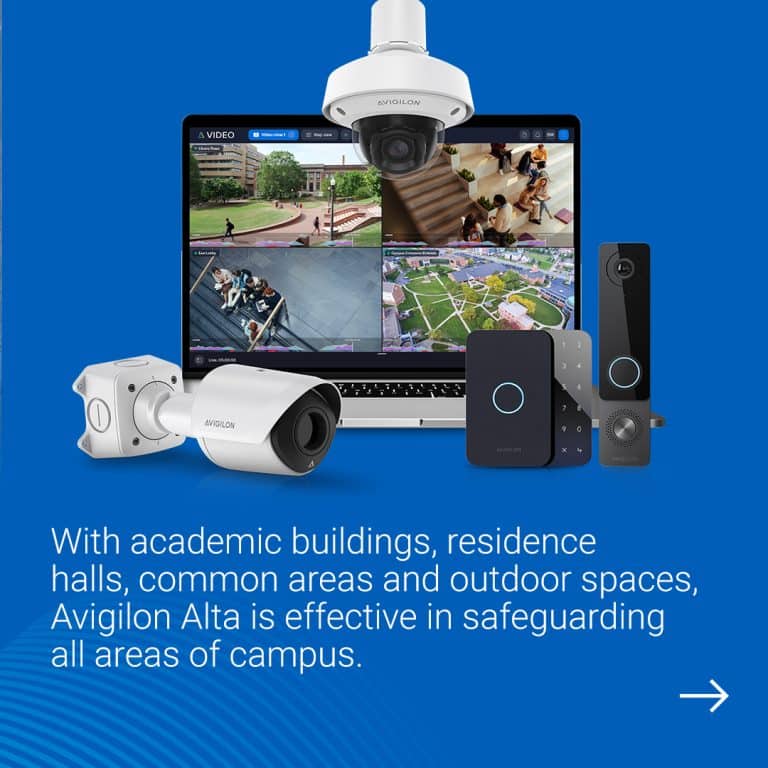When it comes to designing, planning and constructing a building, long-term security is often an afterthought. However, the growing trend of violent shootings in our country is forcing architects, builders, and property owners to give security more consideration.
“Historically, the sequence has been to build first and then tack on security equipment later. But that’s changing,” says Mike Markham, Commenco’s Director of Technology Solutions. “The role of security is coming into play sooner because it’s more important and just makes sense all the way around.”
People love beautiful buildings but the new reality is they also want to feel safe and protected. That’s why partnerships with security consultants are becoming more common and happening earlier in the building process.
The Value of a Security Insight
When security consultants evaluate a building’s security needs, they should always start with an understanding of the building’s purpose, which can be anything from specialized commercial food storage to office space for operations to schools and government facilities.
“Maybe you want to monitor customers from the parking lot, through the lobby, and into areas deep inside a building,” Markham explains. “Or maybe the safety of employees is your biggest concern. Our job is to match your building’s purpose with the right security technology, while also respecting privacy sensitivities. It can be a complex balance.”

Doors and other building access points are an important part of a security evaluation, especially when it comes to who’s allowed to come and go. There should always be a way to lock specific access points remotely, regardless of the building’s design.
“The ability to lock multiple doors at the same time can help during an active shooter situation,” says Markham. “It can be especially relevant in schools and larger buildings.”
The bottom line for access is control, and options are changing all the time. Markham says he’s always keeping an eye on device and preference trends that could impact equipment choices.
“Identity badges, cards and keypad codes can often do the job, but we’re seeing more interest in biometric controls, such as fingerprint readers. People want to use their phones more, too.”

Evaluating for Public Safety
Commenco frequently evaluates buildings to make sure they have Emergency Responder Radio Coverage (ERRC) installed and updated. ERRC ensures first responder radios will connect to the emergency radio system inside a building so that responders can communicate with law enforcement and dispatch outside of the building without losing a signal. ERRC is required by law and building codes mandate the installation of specific hardware to prevent communication failures.
“Updated ERRC within a building keeps everyone safe during a crisis,” says Ralph Aguilar, Commenco’s Director of Commercial Services. “You don’t want to be in a building without it.”

Eyes on Everything, All the time
How will you track everything happening in your facility 24 hours a day? Where are your danger zones? Can you design a plan that eliminates them?
A discussion about surveillance is critical. Surveillance cameras are more powerful than ever and there’s no shortage of options on the market. Markham says that’s why a security evaluation is so helpful.
“You don’t want to waste money on cameras that aren’t really going to work for you. We look at doors, hallways, stairwells and all other spaces to figure out what cameras should go where. We consider a variety of special lenses and sensors, different focal specifications, and pan, tilt and zoom capabilities to make sure they can capture everything a client wants to see.”
Surveillance cameras now feature elaborate analytical functions designed to detect security threats better than a security officer. Markham says that’s what makes expert brands like Avigilon a cornerstone of Commenco’s building security planning.

“You’d be surprised at what these cameras can do. Just imagine inputting a search for a person wearing specific clothing or carrying a specific weapon, or even a search for a license plate number, and then finding exact matches in a few seconds. These cameras analyze everything they see to find patterns and objects and that’s extremely useful.”

Markham says cameras often serve as verification tools too, confirming timing and facts about people or objects.
“Let’s say you ship a product but it doesn’t show up at the destination. You can verify through surveillance cameras that the product left your building and eliminate the building from liability.”
Integrating a good security technology plan that includes access control, ERRC, surveillance and in many cases, two-way radios, can blanket a building with peace of mind. But Markham warns that waiting too long can lead to costly compromises.
“People will compromise on where they’ll allow security coverage because they don’t want to disrupt a particular area or drill through certain walls for installation, you know, things like that. They figure they’ll just live with a dead spot here or there.”

But living with dead spots doesn’t usually work out. Commenco is often called back to eliminate them after a security incident has occurred.
“And going back to fix dead spots increases the long-term cost of security, “ says Markham. “You really want to nail down a comprehensive security plan as early as possible to avoid problems like dead spots and the need to deal with them.”
Earlier Planning is the Smarter Choice
Ideally, our security consultants are brought in before construction begins so we can evaluate floor plans, spaces and building materials. Early involvement offers a clear path toward the integration of coordinated security systems with equipment that’s exactly right and installed exactly where it should be.
The longer designers wait, the more difficult and expensive everything becomes. Unfortunately, retrofitting after construction is the way things usually go. Markham says if Commenco can at least get involved during the construction of a building, the difference can be dramatic.
“Our involvement prior to construction allows us to fully optimize a plan, but getting us involved during construction still puts us in a really good position. Even if the outside walls and the roof are already up, we can get in and really do things right as long as the interior walls haven’t been installed yet. It gives us so much flexibility in stringing cables and locating other infrastructure hardware that supports communications and devices.”

There’s an added advantage to stringing cables during construction rather than depending on wireless infrastructure to overcome barriers afterward. Wireless technology has come a very long way, but it’s still hard to beat the reliability of a hardwired connection.
“If we can at least get the building wired for security equipment that might come later, that’s a huge savings and long-term bonus,” explains Markham. “Hardwiring after construction is complete can be extremely difficult and expensive because you’re having to work around existing obstacles, cut through building materials and manage tight spaces.”
Early involvement allows Commenco to install cameras and other equipment in ideal locations and positions for optimal use. Markham says that’s when technicians can do their best work.

“Putting these cameras in before a building’s construction is complete gives the owner exactly the result they want. For example, I may want a camera 10 to 12 feet off the ground directly facing a door to capture every face that passes through with no obstructions from the ceiling or anything else. I don’t need to zoom across a room or do anything else special so the cost of that particular camera may be less than expected. That can add up to thousands of dollars in savings in some cases.”
When designers, engineers, contractors, and facility managers collaborate with security consultants during the design-build phase of a building project, they often cut costs and ultimately strengthen their building’s lifetime value.
And the strategic integration of a security plan customized for a building’s physical profile, purpose, and people delivers more than just core functional benefits. It deters crime and reduces the fear of crime for an unhindered experience that allows the architect’s vision and the builder’s hard work to be fully enjoyed.








